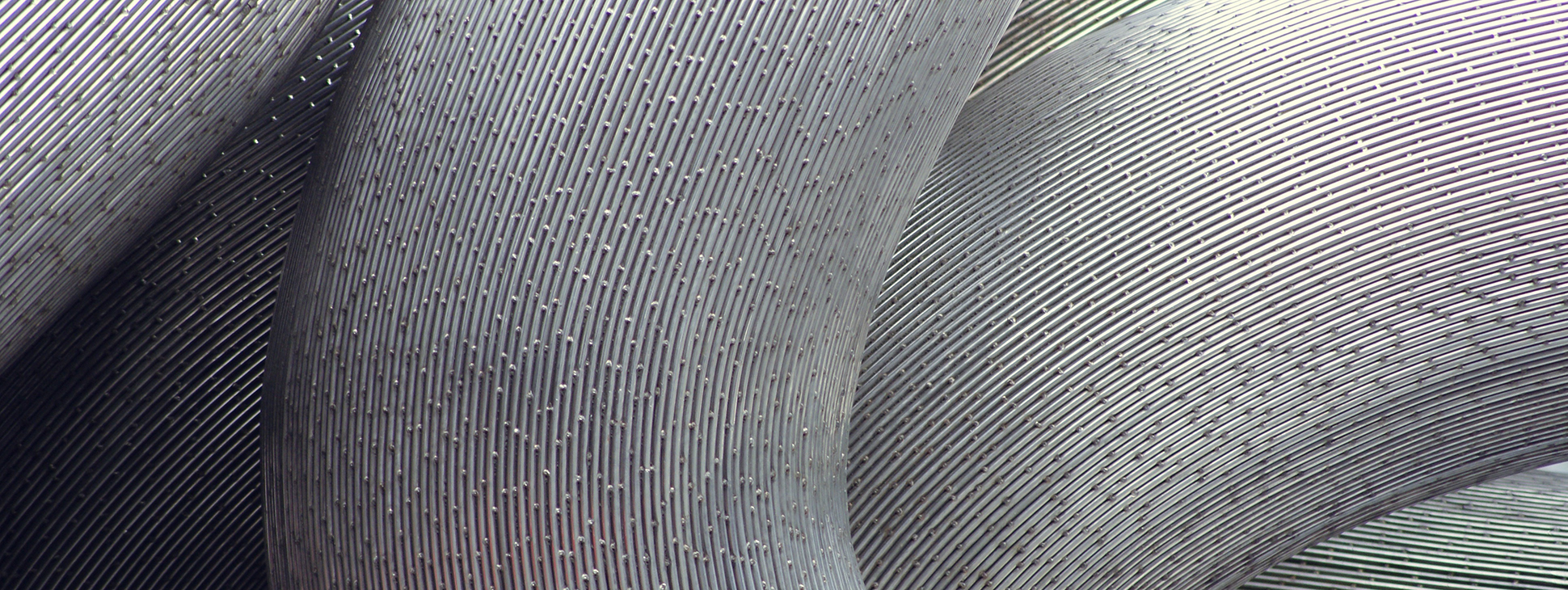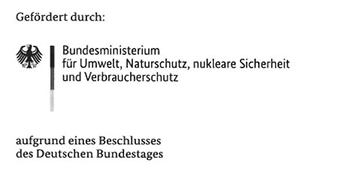Safety4NPP is the short title of the project “Micromagnetic nondestructive characterization of operation-related material changes in upcoming foreign nuclear power plants“.
In many European countries, some in the direct vicinity of Germany, nuclear energy will be retained for power generation even in the future. In a few countries, new nuclear power plants are currently being built (France, Finland) or are concretely in the planning stage (Netherlands, Poland, Czech Republic, United Kingdom). In order to competently stand in for legitimate safety interests, it is necessary to build up and maintain own expertise in assessing the safety of new nuclear facilities based on international state of the art in science and technology. Thus, research activities on enhanced reactor concepts, on innovative reactors to-be as well as on small modular reactors are necessary, the assessment of their safety standards inclusive. This requires the availability and advancement of independent nondestructive inspection procedures for safety assessment and, in particular, investigations into the characterization of construction materials for components covering the entire operating life.
Operability and safety of new foreign plants crucially depend on construction materials that have to meet requirements such as high-temperature strength (operating temperatures from 500 °C to 950 °C), corrosion resistance in liquid metal environments (bismuth-lead or sodium) and resistance to neutron irradiation. Critically important for any safety assessment are the following focal points: high-temperature behavior (creep and fatigue) and its interaction with irradiation effects, corrosion behavior and the influence of liquid metal environments on the shift of mechanical properties, as well as the synergy effects of corrosion and irradiation respectively creep and fatigue.
The Safety4NPP research project zeroes in on the development of micromagnetic inspection methods for the detection of material degradation under typical operational loading of future foreign reactor materials. This is based on a valid understanding of the underlying microstructural mechanisms. First, the analysis of changes in microstructure and mechanical properties (e.g. decrease in strength, increase in creep strain) induced by progressive creep and thermomechanical fatigue will be performed. These material changes are characterized nondestructively using micromagnetic testing methods at Fraunhofer IZFP. Investigations of the microstructure using destructive methods and the determination of mechanical parameters using indentation tests at the Chair of Materials Science (WKK) at the Technical University of Kaiserslautern will confirm the nondestructive methods and their results. Subsequently, the correlations between micromechanical parameters determined by means of cyclic indentation and the stress-related microstructure as well as the macroscopic material behavior are described. These results are correlated with the micromagnetic parameters and finally stored in a digital “lifetime record“.
Overall, the competence for testing and assessing the safety standards of future nuclear power plants will be maintained and expanded, thus preserving German expertise and securing its international recognition both in the field of nuclear safety research and in the safety assessment of innovative reactor concepts.
The Safety4NPP project is being worked on jointly with the Chair of Materials Science (WKK) at the TU Kaiserslautern.
 Fraunhofer Institute for Nondestructive Testing IZFP
Fraunhofer Institute for Nondestructive Testing IZFP 

